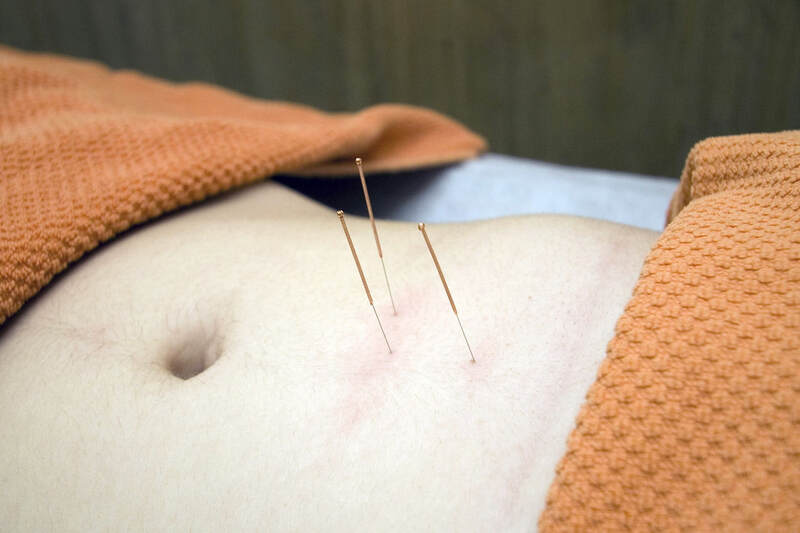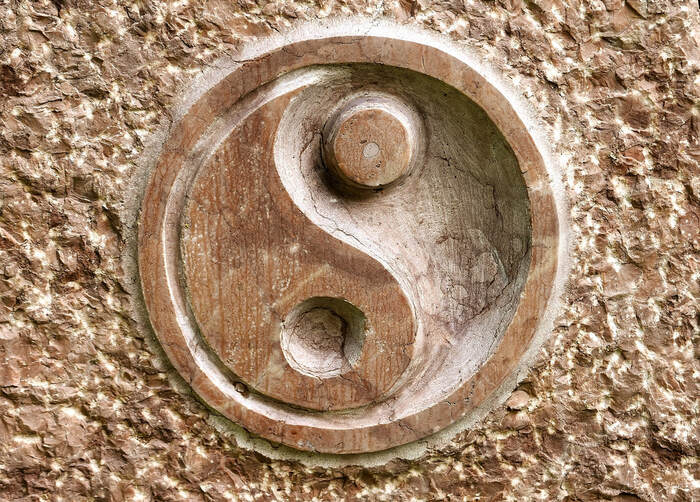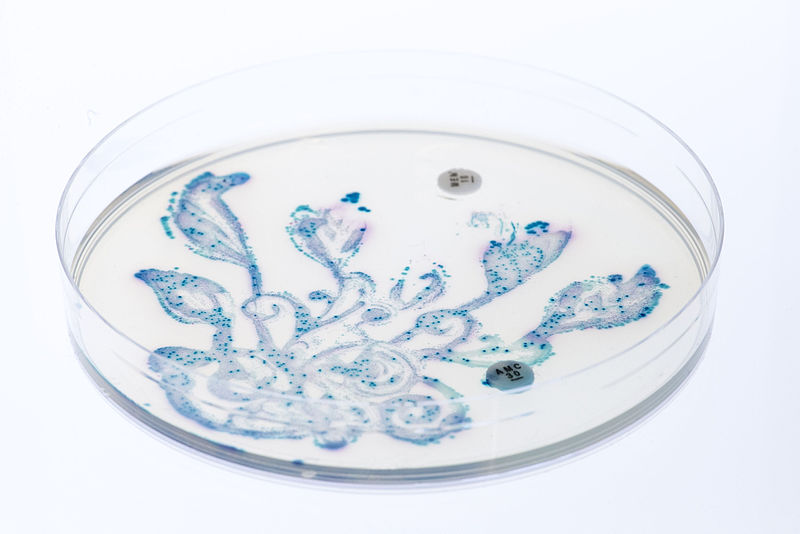Acupuncture: An Alternative Treatment for Chronic Pain
Acupuncture is a form of treatment derived from Eastern medicine that safely integrates the use of gentle needle-insertion to alleviate chronic pain and other ailing health symptoms, such as those of high blood pressure, migraines, and stress. In accordance with the underlying Chinese principle of Yin and Yang--the idea that everything coexists in complementary forces--the practice of acupuncture postulates that health issues arise from imbalanced elemental pressures experienced throughout one’s life. To remedy the disordered energy, acupuncture promotes natural healing by prompting the body to restore itself to harmony. In the United States, the procedure of acupuncture is performed by a qualified practitioner who has been licensed by the National Certification Commission in Acupuncture and Oriental Medicine (NCCAOM). During the procedure, the patient lies down while the acupuncturist lightly inserts thin, disposable, sterile needles into acupuncture points, which are sites of muscles, nerves, and connective tissue that are believed to release naturally occurring painkillers when punctured.
Image Source: Alexas_Fotos
Although acupuncture has been practiced for centuries in the Eastern world, it is widely debated by the community of Western medicine. However, to underscore its success in providing numerous health benefits, as well as to encourage its practice in the Western world, the Society for Acupuncture Research (SAR) has presented an evidence-based evaluation of acupuncture from a biological and clinical perspective. In doing so, it also advocates for the adoption of acupuncture as an accessible treatment under national health-care coverage plans.
According to the SAR, acupuncture works by biologically stimulating the body to release its own natural painkillers without the ingestion of pain medications. Simultaneously, this naturally induced release also promotes healing in areas in the body that have been weakened by chronic pain. It is deemed to cause less burden on the body because it generally produces minimal side effects in comparison to pain medications. For instance, the side effects of acupuncture include mild bleeding and discomfort, whereas the side effects of medications can range from nausea to digestive problems, among other undesirable effects. An additional health benefit is that acupuncture activates a calming effect in the regions of the brain that perceive pain signals and emotion. Since emotion and pain are neurologically linked to each other, a reduction in the interaction of these signals can lead to a reduced sensation of pain. A study highlighted by the SAR reports that acupuncture is safe in 99% of cases. Among these cases, the treatment of acupuncture is found to be long-lasting, as the SAR finds that 90% of its benefits are retained by the patient after one year. Upon consideration of the biological and clinical evidence of acupuncture as a natural, safe, and effective practice, the SAR encourages Western society to integrate this alternative healing method in everyday pain management.
A common concern that people may have before receiving acupuncture for the first time is that the procedure will be painful. While it is normal to feel a brief and mild tingling or stinging sensation as each needle is inserted, most patients report that the experience is highly tolerable and even pleasant, as it tends to promote mental and physical relaxation after all the needles have been inserted. The needles generally stay in place for roughly 5 to 30 minutes, and during this time, patients report feeling calm, tranquil, and mildly sedated. A majority of chronic pain patients have found significant relief after having completed acupuncture sessions on a regular basis, as symptoms typically appear to improve after one to two treatments per week over the course of a few months. Should acupuncture become available as an accessible treatment option, a large population of people would be enabled to overcome chronic pain and ultimately lead a happier, more fulfilling life.
According to the SAR, acupuncture works by biologically stimulating the body to release its own natural painkillers without the ingestion of pain medications. Simultaneously, this naturally induced release also promotes healing in areas in the body that have been weakened by chronic pain. It is deemed to cause less burden on the body because it generally produces minimal side effects in comparison to pain medications. For instance, the side effects of acupuncture include mild bleeding and discomfort, whereas the side effects of medications can range from nausea to digestive problems, among other undesirable effects. An additional health benefit is that acupuncture activates a calming effect in the regions of the brain that perceive pain signals and emotion. Since emotion and pain are neurologically linked to each other, a reduction in the interaction of these signals can lead to a reduced sensation of pain. A study highlighted by the SAR reports that acupuncture is safe in 99% of cases. Among these cases, the treatment of acupuncture is found to be long-lasting, as the SAR finds that 90% of its benefits are retained by the patient after one year. Upon consideration of the biological and clinical evidence of acupuncture as a natural, safe, and effective practice, the SAR encourages Western society to integrate this alternative healing method in everyday pain management.
A common concern that people may have before receiving acupuncture for the first time is that the procedure will be painful. While it is normal to feel a brief and mild tingling or stinging sensation as each needle is inserted, most patients report that the experience is highly tolerable and even pleasant, as it tends to promote mental and physical relaxation after all the needles have been inserted. The needles generally stay in place for roughly 5 to 30 minutes, and during this time, patients report feeling calm, tranquil, and mildly sedated. A majority of chronic pain patients have found significant relief after having completed acupuncture sessions on a regular basis, as symptoms typically appear to improve after one to two treatments per week over the course of a few months. Should acupuncture become available as an accessible treatment option, a large population of people would be enabled to overcome chronic pain and ultimately lead a happier, more fulfilling life.
Featured Image Source: Alterfines
RELATED ARTICLES
|
Vertical Divider
|
Vertical Divider
|
Vertical Divider
|






